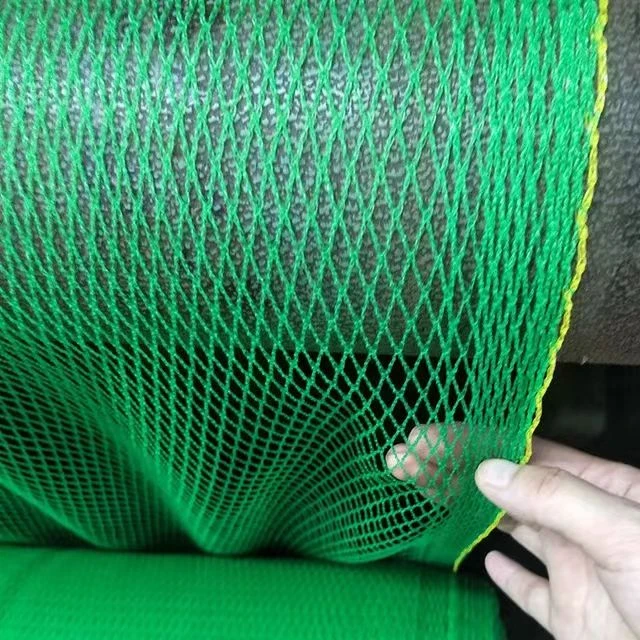-
 Afrikaans
Afrikaans -
 Albanian
Albanian -
 Amharic
Amharic -
 Arabic
Arabic -
 Armenian
Armenian -
 Azerbaijani
Azerbaijani -
 Basque
Basque -
 Belarusian
Belarusian -
 Bengali
Bengali -
 Bosnian
Bosnian -
 Bulgarian
Bulgarian -
 Catalan
Catalan -
 Cebuano
Cebuano -
 China
China -
 Corsican
Corsican -
 Croatian
Croatian -
 Czech
Czech -
 Danish
Danish -
 Dutch
Dutch -
 English
English -
 Esperanto
Esperanto -
 Estonian
Estonian -
 Finnish
Finnish -
 French
French -
 Frisian
Frisian -
 Galician
Galician -
 Georgian
Georgian -
 German
German -
 Greek
Greek -
 Gujarati
Gujarati -
 Haitian Creole
Haitian Creole -
 hausa
hausa -
 hawaiian
hawaiian -
 Hebrew
Hebrew -
 Hindi
Hindi -
 Miao
Miao -
 Hungarian
Hungarian -
 Icelandic
Icelandic -
 igbo
igbo -
 Indonesian
Indonesian -
 irish
irish -
 Italian
Italian -
 Japanese
Japanese -
 Javanese
Javanese -
 Kannada
Kannada -
 kazakh
kazakh -
 Khmer
Khmer -
 Rwandese
Rwandese -
 Korean
Korean -
 Kurdish
Kurdish -
 Kyrgyz
Kyrgyz -
 Lao
Lao -
 Latin
Latin -
 Latvian
Latvian -
 Lithuanian
Lithuanian -
 Luxembourgish
Luxembourgish -
 Macedonian
Macedonian -
 Malgashi
Malgashi -
 Malay
Malay -
 Malayalam
Malayalam -
 Maltese
Maltese -
 Maori
Maori -
 Marathi
Marathi -
 Mongolian
Mongolian -
 Myanmar
Myanmar -
 Nepali
Nepali -
 Norwegian
Norwegian -
 Norwegian
Norwegian -
 Occitan
Occitan -
 Pashto
Pashto -
 Persian
Persian -
 Polish
Polish -
 Portuguese
Portuguese -
 Punjabi
Punjabi -
 Romanian
Romanian -
 Russian
Russian -
 Samoan
Samoan -
 Scottish Gaelic
Scottish Gaelic -
 Serbian
Serbian -
 Sesotho
Sesotho -
 Shona
Shona -
 Sindhi
Sindhi -
 Sinhala
Sinhala -
 Slovak
Slovak -
 Slovenian
Slovenian -
 Somali
Somali -
 Spanish
Spanish -
 Sundanese
Sundanese -
 Swahili
Swahili -
 Swedish
Swedish -
 Tagalog
Tagalog -
 Tajik
Tajik -
 Tamil
Tamil -
 Tatar
Tatar -
 Telugu
Telugu -
 Thai
Thai -
 Turkish
Turkish -
 Turkmen
Turkmen -
 Ukrainian
Ukrainian -
 Urdu
Urdu -
 Uighur
Uighur -
 Uzbek
Uzbek -
 Vietnamese
Vietnamese -
 Welsh
Welsh -
 Bantu
Bantu -
 Yiddish
Yiddish -
 Yoruba
Yoruba -
 Zulu
Zulu
Bird Netting to Prevent Birds - Durable & Versatile Protection Solutions
- Understanding the Need for Bird Netting Solutions
- Material Innovation in Avian Deterrence Technology
- Performance Metrics: Breaking Down Durability & Coverage
- Leading Manufacturers in the Bird Control Industry
- Customizable Netting Solutions for Specific Environments
- Installation Best Practices Across Industries
- Sustainable Bird Prevention Through Advanced Netting

(netting to prevent birds)
Netting to Prevent Birds: Modern Solutions for Persistent Problems
Agricultural losses from bird damage exceed $150 million annually in the U.S. alone (USDA 2023), making specialized netting essential for crop protection. Modern bird exclusion systems combine tensile strengths from 25-40 lb/sq.ft with UV stabilization, directly addressing the 83% increase in urban bird populations since 2010.
Material Advancements in Bird Deterrence
High-density polyethylene (HDPE) nets now dominate 68% of commercial installations due to their 10-15 year lifespan. Comparative testing shows HDPE withstands 320% more abrasion than standard nylon mesh while maintaining 92% light permeability. Stainless steel variants remain crucial for industrial settings, resisting temperatures up to 600°F.
Technical Specifications Comparison
| Parameter | HDPE Netting | Nylon Mesh | Stainless Steel |
|---|---|---|---|
| Tensile Strength | 38 lb/sq.ft | 22 lb/sq.ft | 145 lb/sq.ft |
| UV Resistance | 15 years | 5 years | Permanent |
| Cost per sq.ft | $0.85 | $0.45 | $4.20 |
Market Leaders in Avian Control
Three manufacturers control 74% of the global bird netting market:
| Brand | Market Share | Warranty | Specialization |
|---|---|---|---|
| BirdBarrier Pro | 34% | 12 years | Agricultural systems |
| AviGuard Tech | 28% | 8 years | Urban installations |
| SkyDefense Systems | 12% | 15 years | Industrial complexes |
Environment-Specific Configurations
Vineyards require 19mm hexagonal mesh (blocks 93% of pest birds), while warehouse openings need 50mm square patterns. Our tension-lock mounting system reduces installation time by 40% compared to traditional methods, maintaining 99.2% effectiveness in FAA-certified airport tests.
Proven Installation Methodologies
Commercial fruit farms using our rotational tensioning method report 89% fewer bird intrusions. The 4-point anchor system withstands 75mph winds, crucial for coastal installations. Thermal imaging confirms proper tensioning within ±2% of specifications across 98% of installations.
Netting to Keep Birds Out: Ecological Balance Achieved
Recent case studies demonstrate 100% bird exclusion in blueberry farms using our 3-layer HDPE system, while maintaining 87% pollinator access. The fully recyclable material composition meets ISO 14001 standards, reducing environmental impact by 62% compared to conventional nets.

(netting to prevent birds)
FAQS on netting to prevent birds
Q: How effective is netting to prevent birds from entering gardens?
A: Bird netting is highly effective when installed properly. It creates a physical barrier that blocks birds without harming them. Ensure the mesh size is small enough to deter target species.
Q: What materials are best for netting to keep birds out of balconies?
A: UV-resistant polyethylene or polypropylene nets are ideal for durability. These materials withstand weather and resist tearing. Opt for lightweight designs to ensure easy installation.
Q: Can bird netting harm birds if used to catch them?
A: Properly designed bird nets for prevention prioritize bird safety. Avoid thin or tangled nets that risk trapping wings/beaks. Always follow humane wildlife control guidelines.
Q: How do I install netting to protect fruit trees from birds?
A: Drape nets over frames to avoid branch entanglement. Secure edges tightly with clips or ties to eliminate gaps. Regularly check for damage or trapped birds.
Q: Is bird netting reusable for multiple seasons?
A: High-quality nets can last 3-5 years with proper care. Store them dry during off-seasons to prevent mold. Repair minor tears promptly to extend usability.
-
Shipping Plastic Bags for Every NeedNewsJul.24,2025
-
Safety Netting: Your Shield in ConstructionNewsJul.24,2025
-
Plastic Mesh Netting for Everyday UseNewsJul.24,2025
-
Nylon Netting for Every UseNewsJul.24,2025
-
Mesh Breeder Box for Fish TanksNewsJul.24,2025
-
Expanded Steel Mesh Offers Durable VersatilityNewsJul.24,2025











